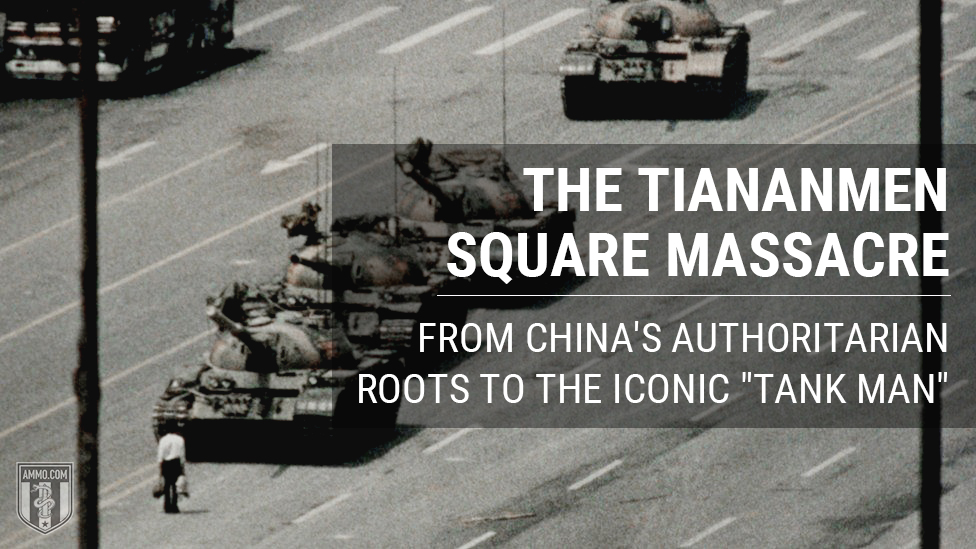
China is often described as the next superpower to top America within the next few decades. At first glance, such an assertion makes sense. The country’s vast geography, natural resources, rich history, and tech-savvy populace puts it in a position to thrive in the 21st century. However, China’s rise as a superpower is not one of an overnight success, nor is it filled with pretty rainbows.
Indeed, China is one of the world’s longest lasting civilizations, with cultural and political traditions that have been passed down to succeeding generations effortlessly. With such a vast history, China had gone through its own zeniths and nadirs. As is the nature of any civilization. However, China’s modern history has been a rollercoaster ride to say the least.
Despite having a massive formal governing apparatus that would put many empires to shame, China has not always had full control of its territorial jurisdiction. Once European powers reached Chinese shores in search of riches, they soon wanted their piece of pie. That meant slowly whittling away at Chinese territory. As the first movers in the Age of Exploration, the Portuguese and their missionaries colonized Macau.
Although the Portuguese’s venture was not exclusively about riches, it inspired other European actors such as the British to go and exploit China’s vast resources. Naturally, the Qing dynasty and Britain’s interests clashed once the British wanted to expand trade inside the country. What was originally a trade dispute between a Qing government wanting to maintain trade that overwhelmingly favored China, soon turned into a full-blown conflict as seen in the Opium War.
China was handed a humiliating defeat, which saw it turn over Hong Kong to the British. This marked a turning point in Chinese history. The once mighty country slowly deteriorated both internally and externally. China soon became a punching bag for smaller, yet more militarily advanced countries that started setting up trading outposts in Shanghai. Indeed, these moves were not welcome by the Chinese and many in the Qing court, but due to the country’s decaying institutions, it could do nothing to prevent further predations.
Even empires on the Western periphery, like Imperial Russia, started to prey on China when it annexed all of the Chinese land north of the Amur River in 1858, exploiting Chinese weakness along a border that was, at the time, 4,650 miles long. As if China’s foreign reversals weren’t enough, Imperial Japan also jumped in the mix and picked apart China like other European powers. Japan put the world on notice when it crushed China in the Sino-Japanese War of 1894. As a result of this humiliation, Japan added the island of modern-day Taiwan, the Liaodong Peninsula, and the Korean peninsula into its sphere of influence. Japan’s exploitation of its weaker mainland rival did not stop there.
Even after the Qing dynasty collapsed, nationalist leader Chiang Kai-Shek tried to put the political pieces back together during the 1920s, in an attempt to unify the country and restore Chinese greatness. However, Imperial Japan was ready to humiliate China yet again, when it invaded Manchuria in 1931, and occupied it until 1945, in an attempt to expand their industrialization efforts.
All in all, the mid-19th century up until the mid-20th century was a rocky period. It took game-changing events after World War II for China to finally get its political house in order and build itself up on its own terms.
As foreign powers such as the United States, Germany, Japan, and Russia carved out spheres of influence in the once-mighty empire, the Chinese imperial court began to lose legitimacy both domestically and abroad. In 1911, the Xinhai Revolution was the final straw that broke the Qing dynasty’s back. Chinese reformers grew tired of their country’s weakness and organized revolts across the country that ultimately forced the last Qing emperor, Pu Yi, to abdicate in 1912. However, the transition from empire to a modern-day nation-state was filled with many road bumps for China.
Despite political reformer and provisional president of the Republic of China Sun Yat-sen’s attempts to modernize the Chinese state, the country was quickly mired in internal struggles that prevented it from forming a coherent political structure in the immediate years following the fall of the Qing dynasty. Warlord control of the country soon became the norm as many optimistic Chinese reformers then realized the road to Chinese political stability would not come easy.
By the 1920s, China’s political destiny slowly started to change.
It wasn’t until the 1920s that movements began to emerge, with hopes to unify China and establish it as a sovereign nation free of foreign exploitation. The emergence of the Nationalist and Communist movements in China appealed to nationalistic sentiment among the populace. Their messages, while ideologically different in economic matters, had a vision of restoring China’s rightful place on the world stage. They viewed the Qing dynasty as corrupt and feckless for allowing European powers and Japan to carve out the country. For China to be great, it had to be free of foreign influence.
The dream of a unified China nearly became a reality when the Nationalist (Kuomintang) movement led by Chiang Kai-Shek ended warlord rule and began consolidating the Chinese state. However, hopes of a unified China on both ideological and political lines were temporarily dashed when the Japanese invaded in the 1930s. The subsequent expansion of World War II to the Asian theater saw the previously dominant Nationalist forces having to fend off Japanese forces. Such fighting left the Nationalist forces greatly depleted, while their Communist foes pulled their forces in the Chinese interior.
Little did the Nationalists know that once World War II came to an end, they would be up against a replenished and emboldened Communist movement. And this time around, they would not go down without a fight.
Continue reading The Tiananmen Square Massacre: From China’s Authoritarian Roots to the Iconic “Tank Man” at Ammo.com.
